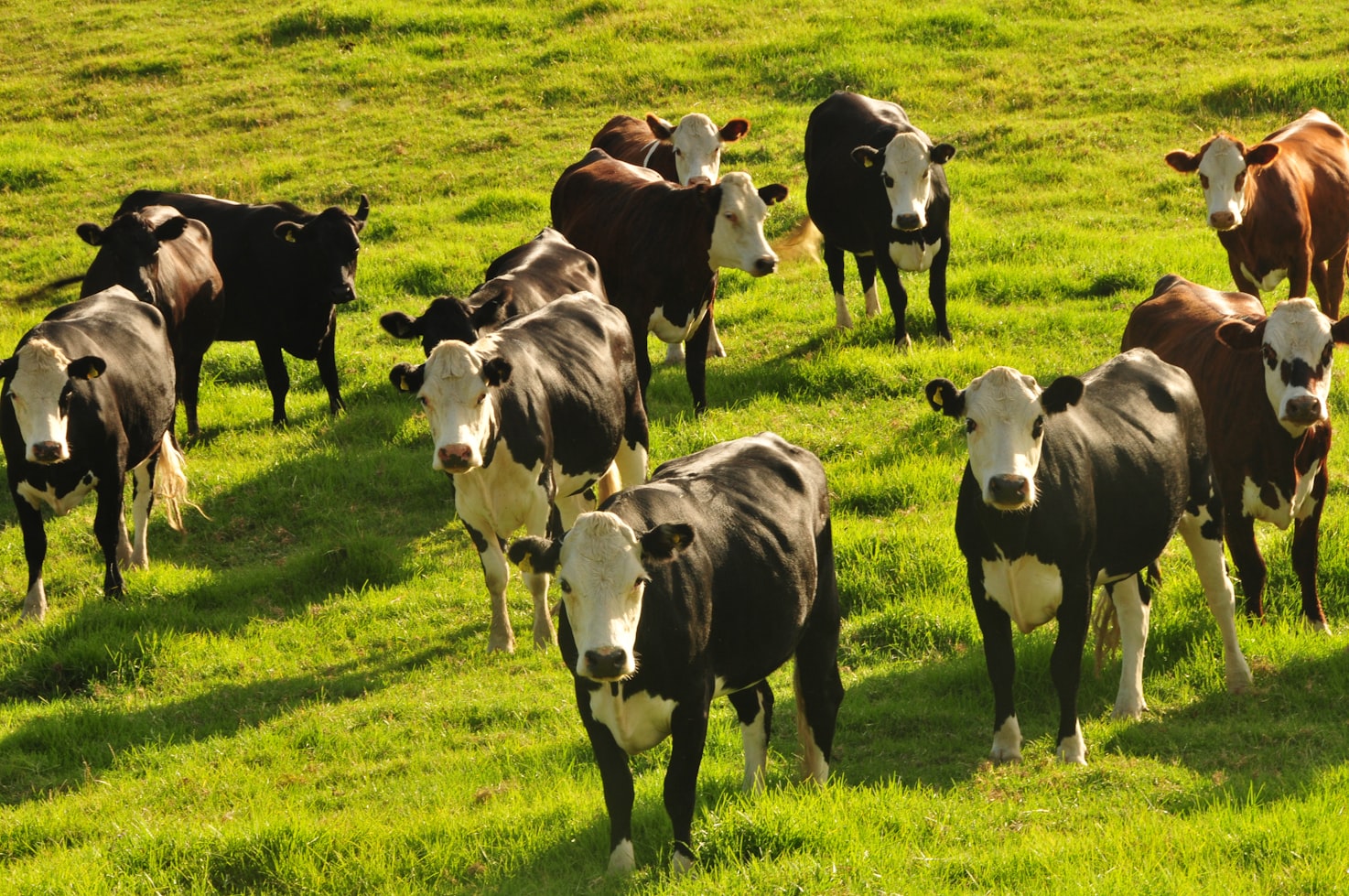What Is Ketosis In Cows
Ketosis is a metabolic disorder that commonly affects dairy cows during early lactation. It is characterized by elevated levels of ketone bodies in the blood, which can lead to various health issues and decreased milk production. Understanding the causes, symptoms, and management of ketosis is crucial for dairy farmers to ensure the well-being and productivity of their cows.
Causes of Ketosis
There are several factors that can contribute to the development of ketosis in cows:
- Negative energy balance: During early lactation, cows often experience a negative energy balance, meaning they are unable to consume enough energy to meet the demands of milk production. This imbalance leads to the breakdown of body fat, resulting in the release of ketone bodies.
- Poor nutrition: Inadequate feeding practices, such as a diet low in energy or excessive amounts of fermentable carbohydrates, can increase the risk of ketosis.
- Stress: Any form of stress, such as transportation, changes in environment, or social interactions, can disrupt a cow’s metabolism and make her more susceptible to ketosis.
- Genetics: Certain cow breeds may have a higher predisposition to ketosis due to their genetic makeup.
Symptoms of Ketosis
Identifying the symptoms of ketosis is crucial for early detection and prompt treatment. Some common signs include:
- Reduced appetite: Cows with ketosis often exhibit a decreased interest in eating, leading to a decline in feed intake.
- Weight loss: Due to the negative energy balance, cows may experience significant weight loss.
- Decreased milk production: Ketosis can result in a decline in milk production, which can have economic implications for dairy farmers.
- Acetone breath: Cows with ketosis may have a distinct sweet or fruity odor in their breath due to the presence of acetone.
- Neurological symptoms: In severe cases, cows may exhibit neurological signs such as disorientation, aggression, or abnormal behavior.
Managing Ketosis
Preventing and managing ketosis requires a comprehensive approach that focuses on nutrition, management practices, and early detection. Here are some strategies to consider:
- Proper nutrition: Ensuring cows receive a well-balanced diet that meets their energy requirements is essential. This includes providing adequate amounts of high-quality forage and avoiding sudden changes in feed composition.
- Monitoring body condition: Regularly assessing the body condition score of cows can help identify those at risk of ketosis. Maintaining an optimal body condition can reduce the likelihood of developing the disorder.
- Transition management: Proper management during the transition period from late pregnancy to early lactation is crucial. Gradually increasing energy intake and minimizing stressors can help prevent ketosis.
- Regular veterinary check-ups: Consulting with a veterinarian and conducting routine health checks can aid in early detection and treatment of ketosis.
- Supplementation: In some cases, nutritional supplements or additives may be recommended to support the cow’s metabolism and prevent ketosis.
Frequently Asked Questions (FAQ)
1. How common is ketosis in dairy cows?
Ketosis is a relatively common metabolic disorder in dairy cows, particularly during early lactation. Studies have shown that the prevalence of ketosis can range from 20% to 60% in dairy herds.
2. Can ketosis be prevented through genetics?
While genetics can play a role in a cow’s predisposition to ketosis, it is primarily a multifactorial disorder influenced by various environmental and management factors. Selecting cows with better genetic potential for energy balance can help reduce the risk, but it is not a guarantee of prevention.
3. How is ketosis diagnosed in cows?
Ketosis can be diagnosed through blood tests that measure the levels of ketone bodies, such as beta-hydroxybutyrate (BHB), in the cow’s bloodstream. Additionally, clinical signs and symptoms, such as reduced appetite and weight loss, can also indicate the presence of ketosis.
4. Can ketosis affect reproductive performance in cows?
Yes, ketosis can have negative effects on reproductive performance in cows. The disorder can disrupt hormonal balance and lead to delayed or irregular estrus cycles, reduced conception rates, and increased risk of postpartum uterine infections.
5. Are there any long-term consequences of ketosis in cows?
If left untreated or poorly managed, ketosis can have long-term consequences for cows. It can lead to chronic weight loss, decreased milk production, compromised immune function, and an increased risk of other metabolic disorders.
6. Can ketosis be transmitted from cow to cow?
No, ketosis is not a contagious disease and cannot be transmitted from one cow to another. It is primarily a metabolic disorder influenced by individual cow factors and management practices.
Summary
Ketosis is a metabolic disorder that commonly affects dairy cows during early lactation. It is primarily caused by a negative energy balance and poor nutrition, leading to elevated levels of ketone bodies in the blood. Recognizing the symptoms of ketosis, such as reduced appetite and weight loss, is crucial for early detection and prompt treatment. Implementing proper nutrition, transition management, and regular veterinary check-ups can help prevent and manage ketosis in cows. By addressing this disorder effectively, dairy farmers can ensure the health and productivity of their herds.





